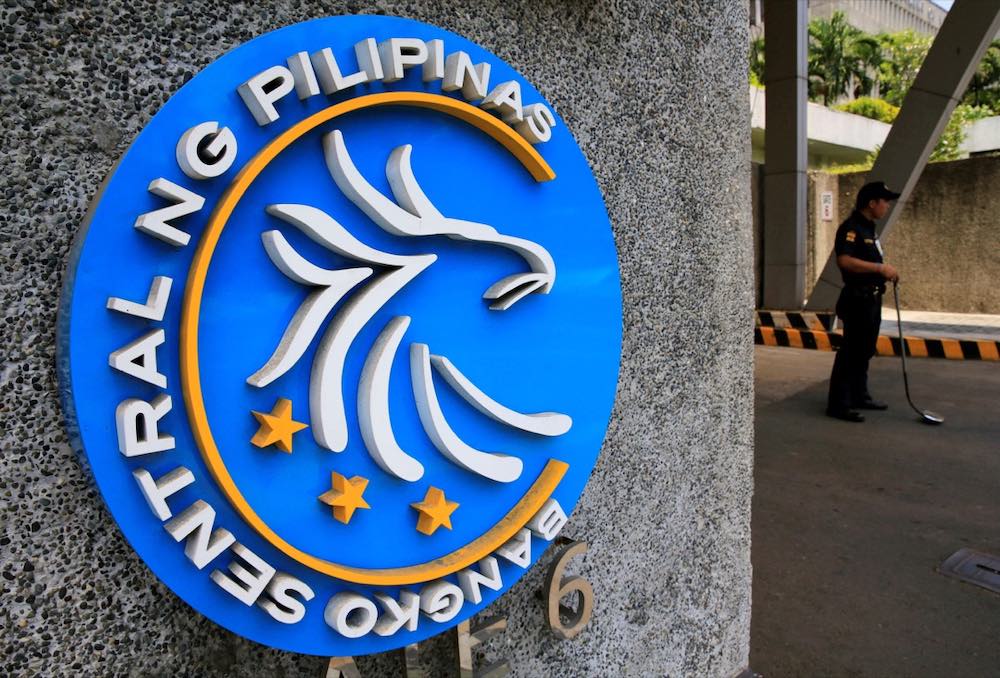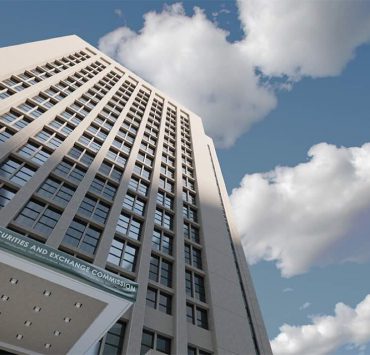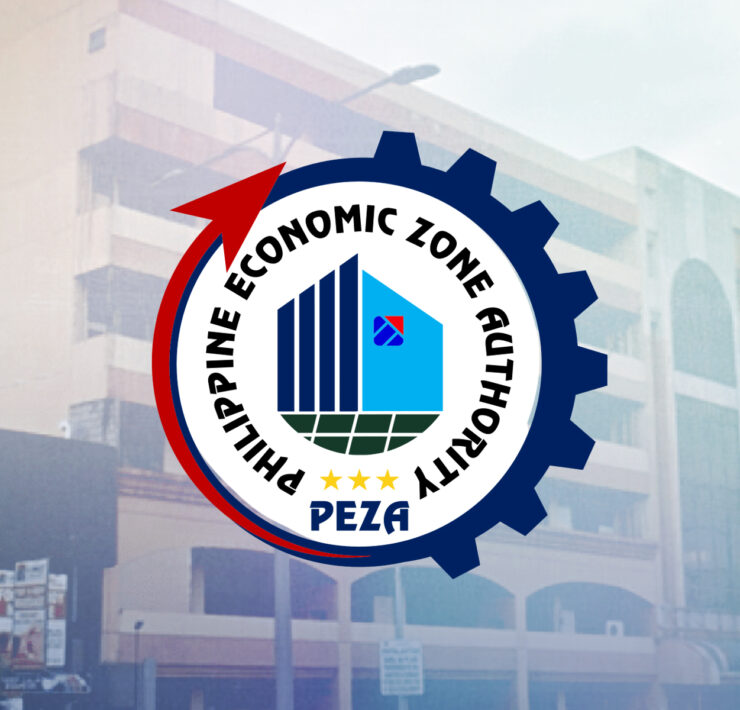BSP seen sticking to gradual easing despite deep RRR cut

The massive reduction to the reserve requirement of banks would unlikely change the gradual pace of interest rate cuts in the Philippines as lowering borrowing costs is needed for the economy to fully absorb the additional liquidity, according to HSBC Research.
Last week, the BSP announced that the reserve requirement ratio (RRR) for big banks and nonbank financial institutions will be trimmed respectively by 250 basis points (bps) to 7 percent from 9.5 percent, effective on Oct. 25.
The RRR refers to the certain amount of deposits that banks must set aside as standby funds, which do not generate returns because they cannot be used for lending activities. This is to ensure that lenders are able to meet their liabilities in case of sudden withdrawals.
In a commentary, HSBC economist Aris Dacanay said the outsized cut to the RRR wont change the policy stance of the central bank since “the liquidity injected can be re-absorbed by the BSP” through its mop up tools like BSP bills and term deposit facilities.
That said, Dacanay believes that “inflation and (economic) growth will still determine the magnitude of easing left for 2024.”
“Though the RRR cut does increase the funding flexibility of banks (which may be understood as a form of easing), we don’t think the RRR cut significantly alters the monetary policy outlook, nor does it tilt the chances of an October rate cut,” he said.
“As shown by the excess liquidity being absorbed by the BSP, the financial market is already flush to begin with as businesses and households are reluctant to take in credit due to the high cost of borrowing, leading to banks parking their money in the BSP,” he added.
Moving forward, HSBC’s Dacanay said he expects the BSP to “follow a data-dependent approach” and keep its easing cycle at a gradual pace by hitting pause in October before cutting by 25 bps again in December.
“But with the (US Federal Reserve) cutting by 50 bps … we think the risk of the BSP cutting by 50 bps in the fourth quarter of 2024 also increased,” he added.





















